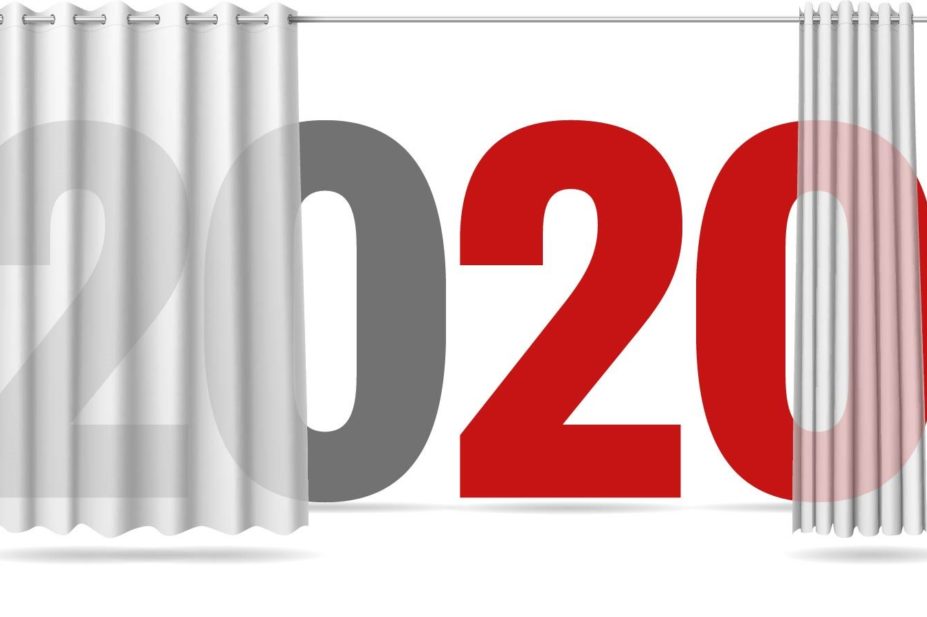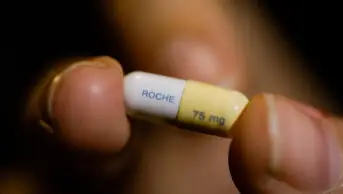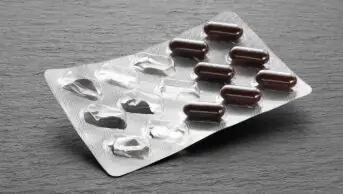
Mclean
The profession has been buffeted by the winds of change over the past few years, but the forthcoming 12 months may present several opportunities for pharmacy to seize the initiative.
Next year will be the year that pharmacists become central to how the NHS regulates demand. In England, more and more patients should be using the community pharmacist consultation service for urgent supplies of medication or advice. A referral pathway from general practice is currently being piloted, with the aim of an April 2020 rollout. The hope is that this will radically change the perception of pharmacy among patients and the NHS — although evidence indicates that it might be a slow start.
Pharmacists will also be stretching their clinical muscles in new ways. The pharmacy minor ailments service in Scotland will be expanded to cover all patients, placing the profession firmly at the front door of the NHS. Pilots of new clinical services for undiagnosed cardiovascular disease, hepatitis C and point-of-care testing to support the better use of antibiotics will begin in England before April 2020.
In hospitals, pharmacists have been spending longer on clinical activities over the past few years and by 2020 they should be spending 80% of their time on the wards, as recommended in the Carter review. Perhaps all of this will finally put to bed the myth that only some pharmacists are “clinical”.
Multiples are starting to realise that ‘business as usual’ is not an option
However, 2020 will also see the pain of the funding crisis in community pharmacy continue. The past few years have seen LloydsPharmacy threaten to close or sell off 200 pharmacies, and Boots is due to complete a “store optimisation programme” by August 2020, which will also involve the closure of 200 stores. NHS England seems sanguine about all of this happening, so we should expect it to be a live issue in 2020.
There are also signs that the multiples are starting to realise that ‘business as usual’ is not an option. For instance, McKesson plans to double its automated dispensing capacity in the UK by 2020. Well Pharmacy will also be ramping up the use of its central dispensing hub next year.
There is also likely to be a consultation to loosen the regulations for hub-and-spoke dispensing, whether it saves money, and perhaps another look at the regulations around supervision. Quite what all this means for the pharmacy workforce is not yet clear, but a year of change looms nonetheless.
Perhaps the most significant change for the profession in 2020 will be in how future pharmacists are trained. The more clinical role of pharmacists in the NHS means a move to integrate the preregistration year into the MPharm degree. Work will start from January, with the General Pharmaceutical Council aiming to introduce new standards by September 2020. Scotland is set to introduce a five-year integrated pharmacy degree from September 2020, while Wales will boost places and roll out multisector preregistration training from 2020/2021.
In June 2020, the Royal Pharmaceutical Society will produce a curriculum for foundation training, extending the education given to newly qualified pharmacists. More controversially, there is likely to be another consultation on the introduction of pharmacy degree apprenticeships. This may provide another viable route into pharmacy, but, as it is led by the pharmacy multiples, there is a lot of suspicion that it may lead to a two-tier profession and undermine standards.
Of course, the wildcard of 2020 will be Brexit. In 2019, much attention has been paid to likely medication shortages and the role of pharmacists in managing supplies. All bets are off as to what will happen by the end of 2020, so expect more drama in the coming 12 months.
One thing is certain: if all these changes do go ahead, pharmacy could be in a very different place in 2021.
You may also be interested in

Jeremy Miles praises “incredible” work of pharmacists, and announces government-commissioned RPS review of general practice pharmacy

Government removes prescribing restrictions to allow certain medicines to be prescribed outside of flu season
